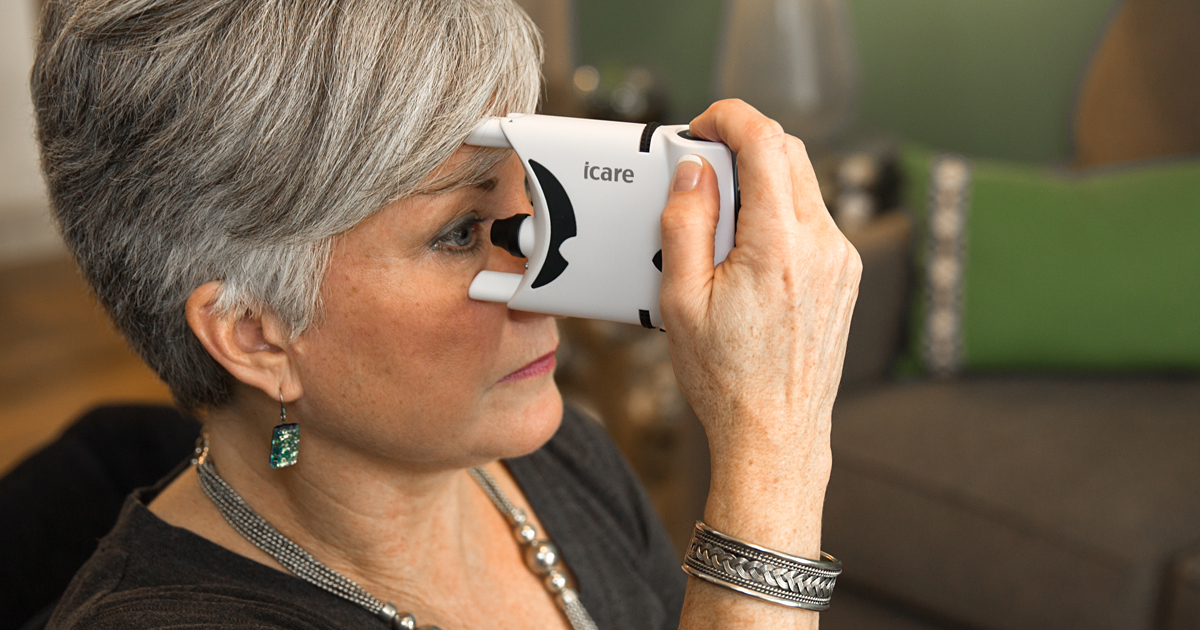Guide To The Different Eye Tests
Glaucoma Test

A glaucoma test is a routine part of a complete eye exam. There are five different tests commonly used for glaucoma detection. Early detection of glaucoma is necessary if patients want to protect their eyes against permanent damage from glaucoma. Before forty years old, individuals should get glaucoma tests done every two to four years. Between forty and fifty-four years old, that period changes to every one to three years. From fifty-five to sixty-four years old, the period is every one to two years. Since individuals over sixty-five years old are at a much higher risk for glaucoma, they should get a test done every six to twelve months. A tonometry test is used to examine the pressure of the inner eye. A dilated eye exam allows the doctor to determine the color and shape of the patient's optic nerve. A visual field test determines whether individuals have a complete field of vision. To measure the thickness of the cornea, the doctor will use a pachymetry test. Finally, a gonioscopy determines the angle at which the iris meets the cornea inside the eye.
Continue reading to reveal more information on eye tests now.
Retinoscopy

A retinoscopy is used to get an exact measurement of a refractive error in an individual's eyes. The doctor will use a retinoscope, a tool that shines light into the eye. They then observe the way the light reflects off the patient's retina. As the practitioner moves the light, they observe the way the reflective angle changes. Some doctors will observe the movement of the light relative to the patient's reflexes. Others will put a lens over the patient's eye as they try to neutralize the reflexes. Manual placement of lenses includes trial lenses and a trial frame. A retinoscopy can help a doctor prescribe glasses or contact lenses for patients who can't undergo an average refraction test. For example, patients with serious communication problems or intellectual disabilities may struggle to communicate about which image in a standard refractive test is clearer. In addition, this test can detect hyperopia and evaluate the eye's accommodative ability.
Learn about eye tests for color next.
